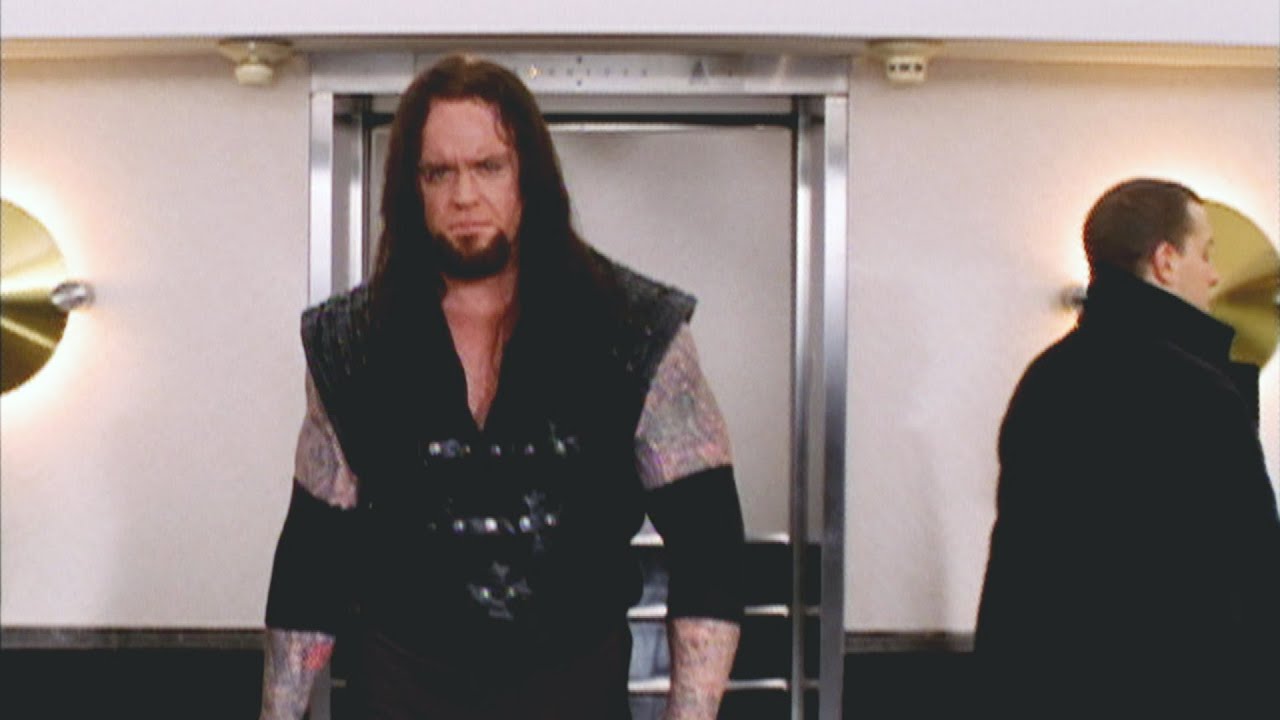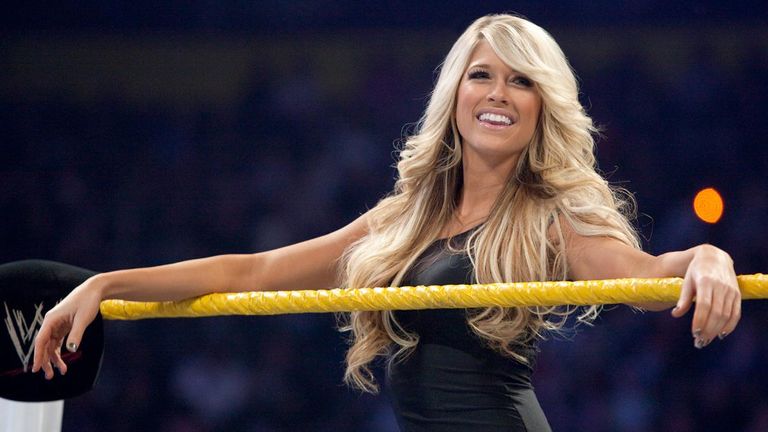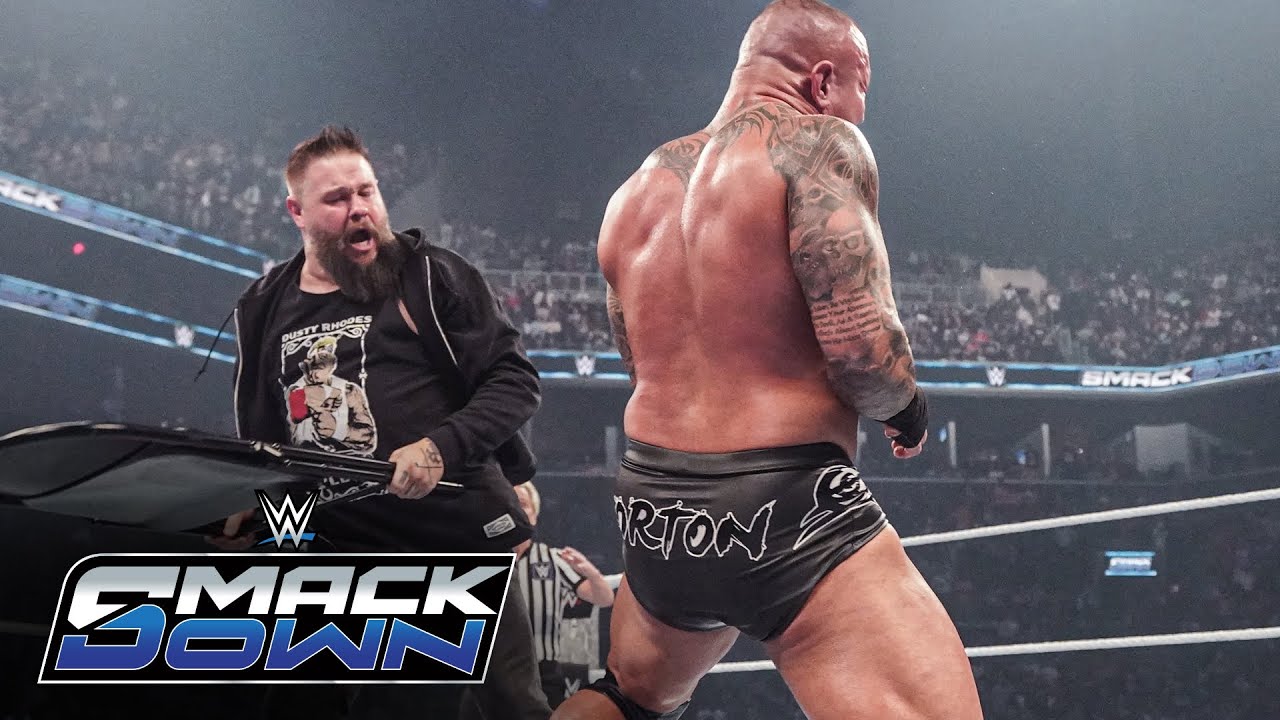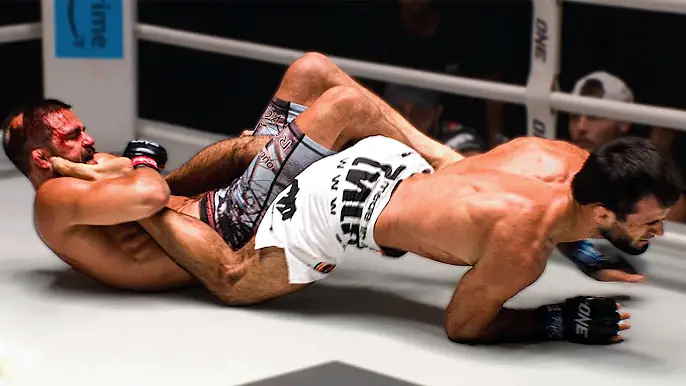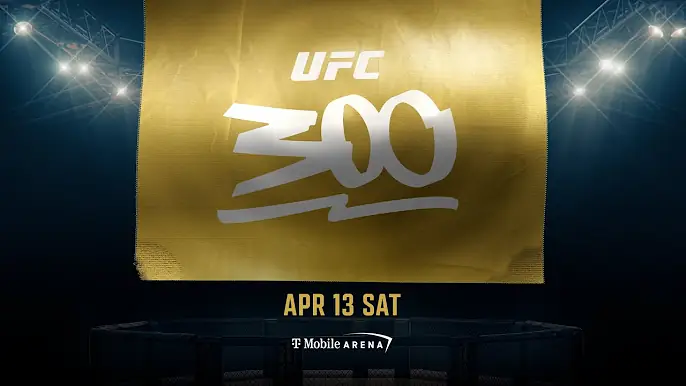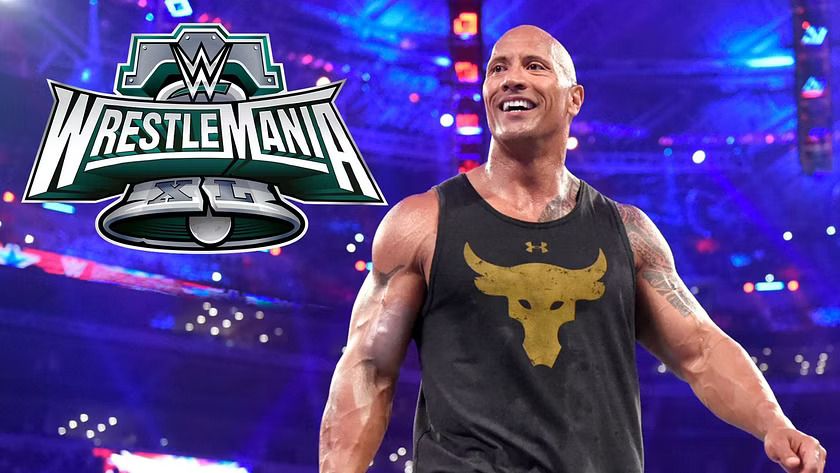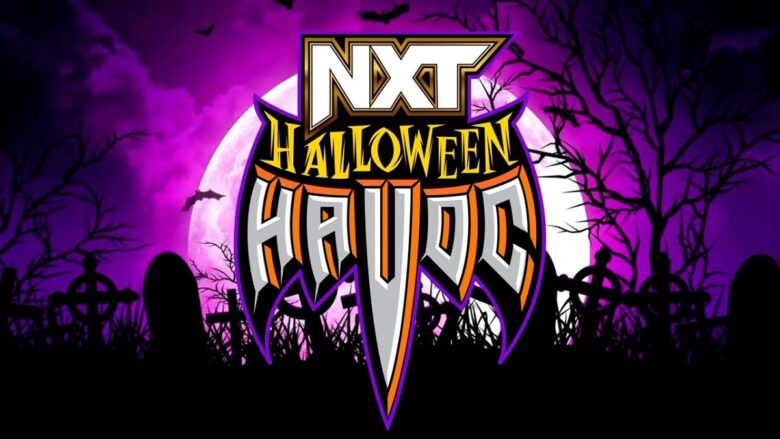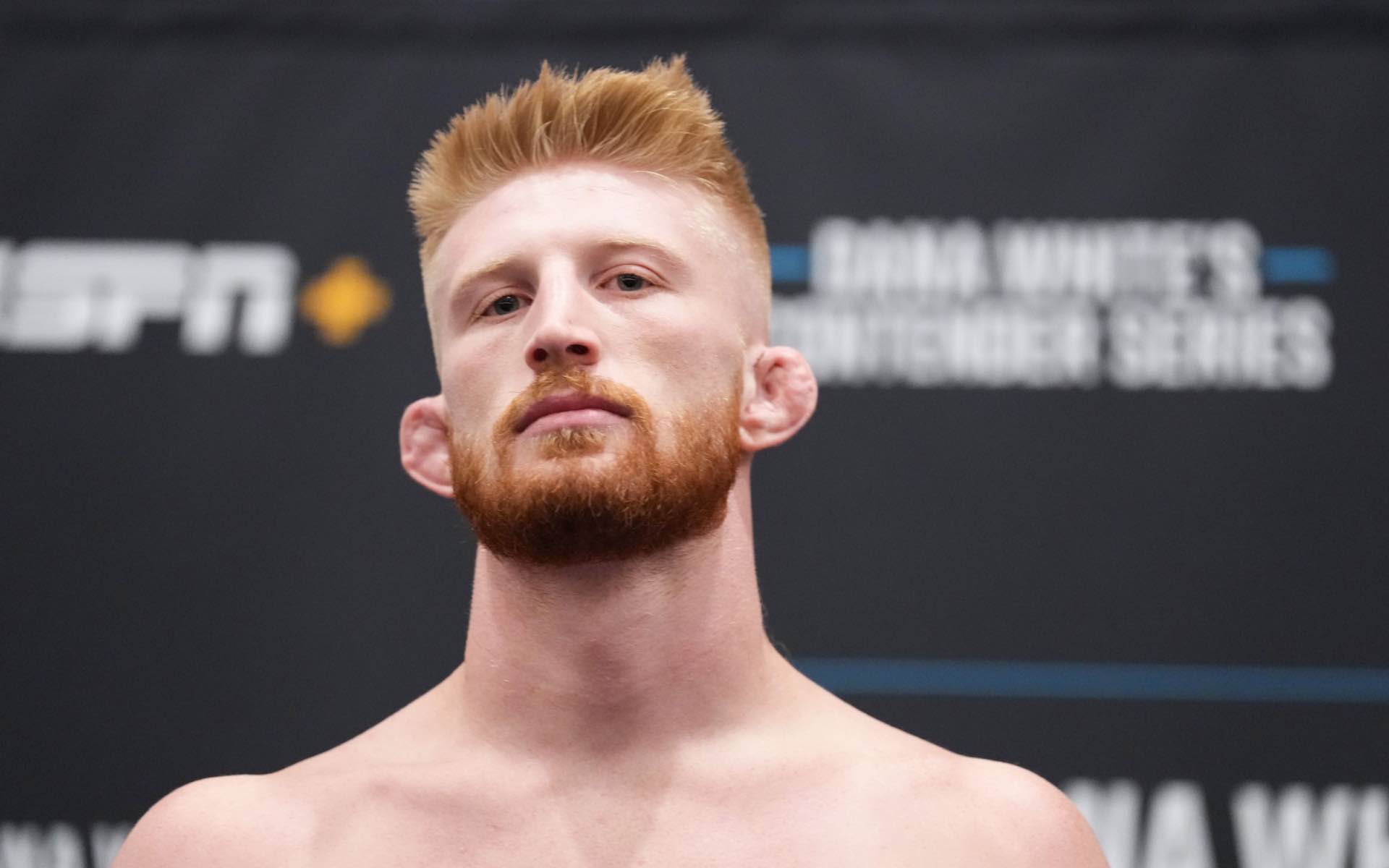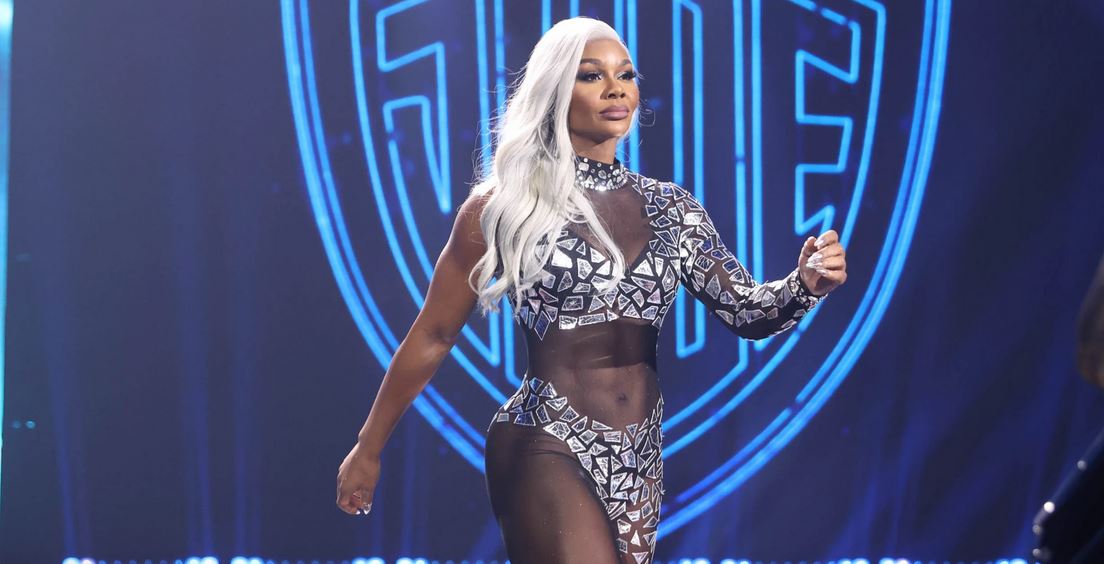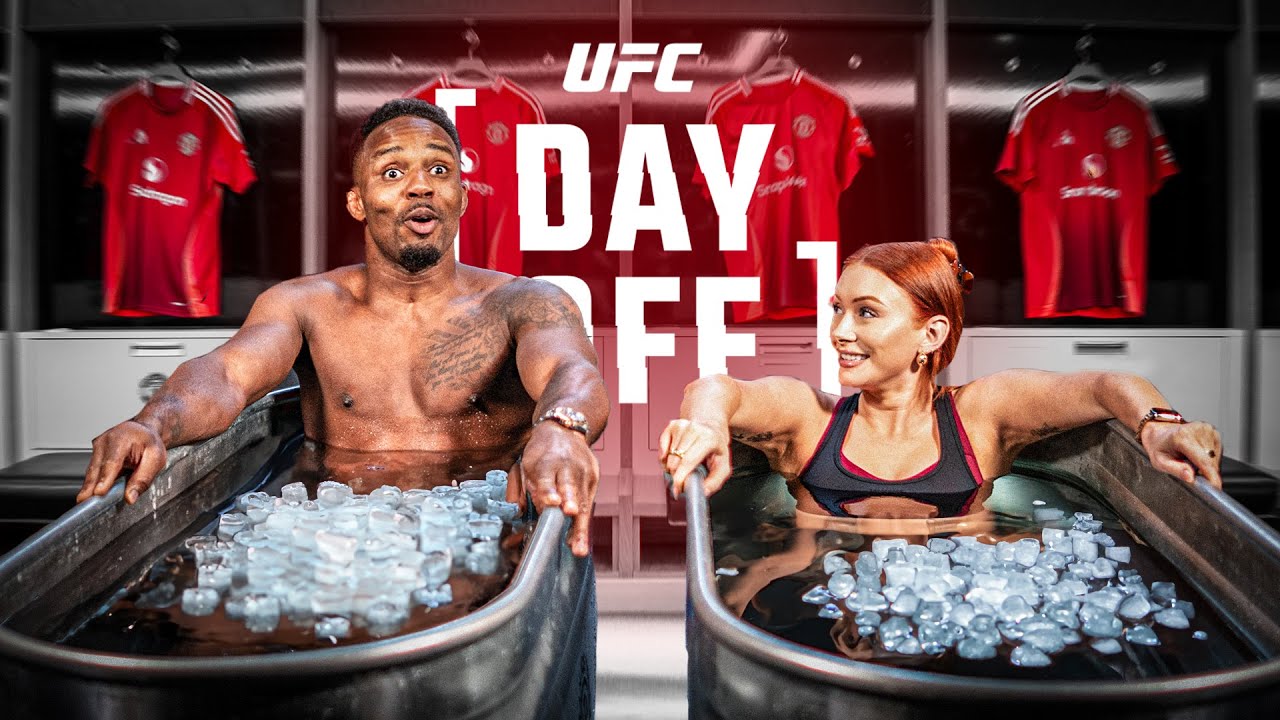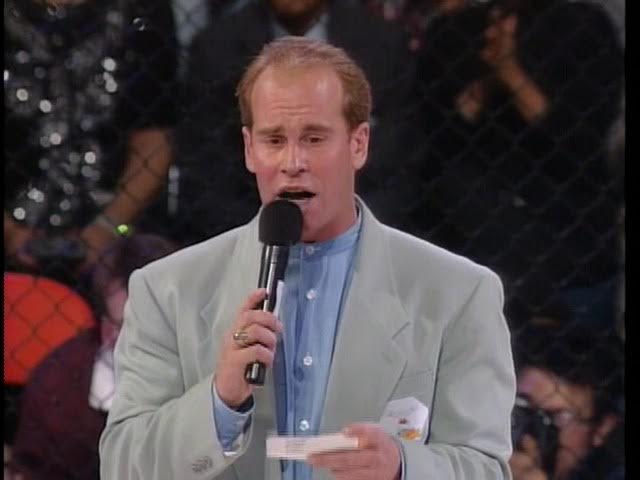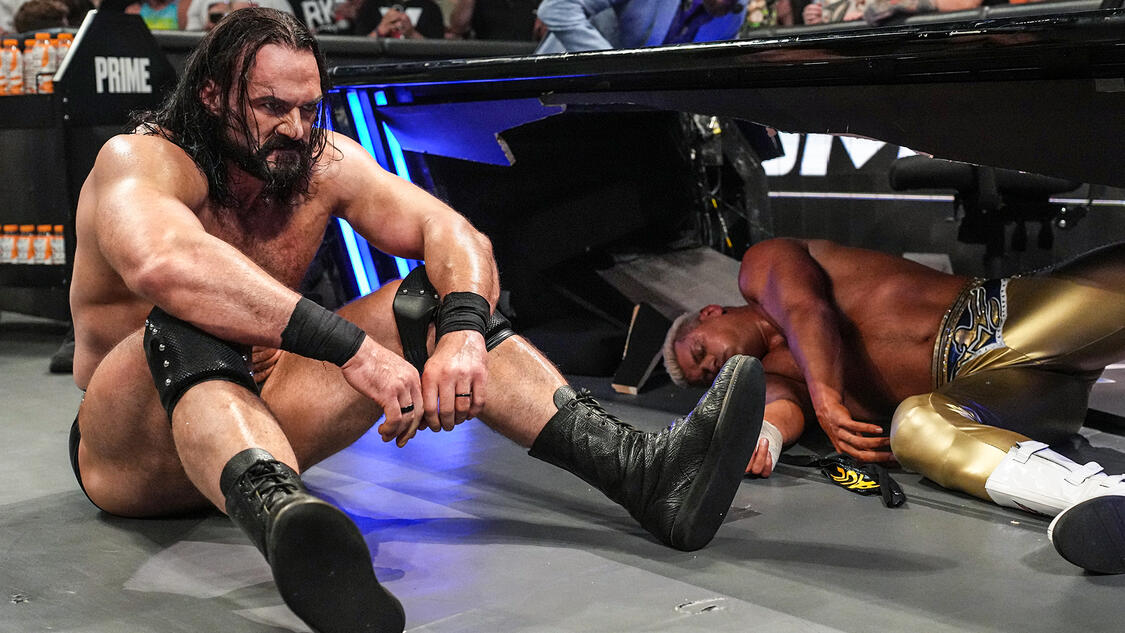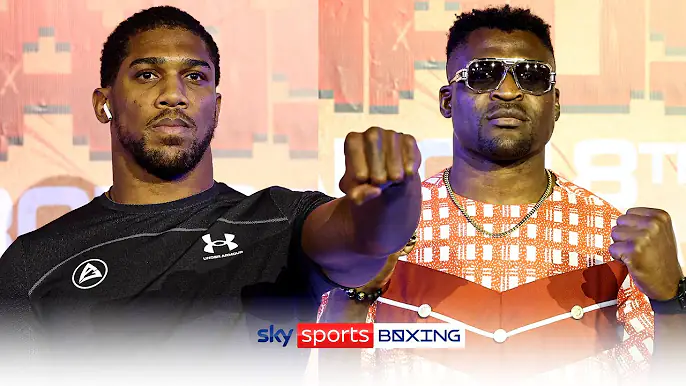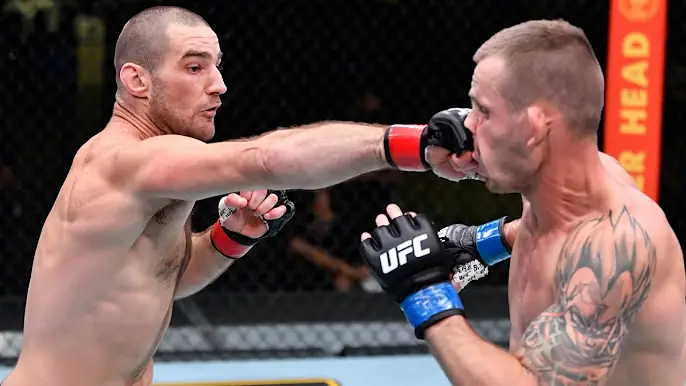Behind The Scenes Of WWE’s Creative Team: Crafting Storylines
Professional wrestling is very often referred to as a strange combination of athleticism and acting, and in no other place does that resonate more vigorously than in the WWE. The show that hits the fan in the ring comes from rigorous planning, creative thinking, and a deep understanding of the business and its audience. From storyline development to character building, through plot twists and turns, there is a team of writers, producers, and executives striving nonstop to present before the audience convincing storylines. This article looks at the behind-the-scenes work of the WWE creative team and how wrestling storylines are brought to life.
WWE Creative Team Structure
The WWE creative team is an extensive organization that includes writers, producers, and executives. Helming the scene would be Vince McMahon, WWE Chairman and CEO, whose vision and decisions most dramatically impact the creative direction of the business entity. Below him were mainstay individuals such as Triple H, Stephanie McMahon, and Bruce Prichard, who filled the paramount roles in making up WWE’s storylines.
Head Writers and Producers: These comprise the big bosses of the creative process. They run teams of writers that generate ideas, draft scripts, and develop characters. These people usually have a television or film background or some other form of entertainment experiences that bring varied skill sets.
The Writers’ Room: A collaboration of people who develop ideas, write scripts, and decide on storylines. Of course, that is not all, as the writers also work on weekly television programs such as Raw and SmackDown, in addition to long-term story arcs leading up to significant events like WrestleMania.
Producers: Many of whom were wrestlers themselves—are there to work hand in glove with the talent in bringing about the creative vision. It is called upon them to choreograph matches and bring in wrestlers for coaching regarding their promos, so whatever happens in the ring moves the story along as it unfolds.
Talent: Even though the creative team will concoct storylines, it is the wrestlers (referred to internally as “talent”) who express these stories physically. A significant amount of input comes from the talent; often, writers and producers work hand in hand with many of them to help develop their character and angles.
The Creative Process
The process of creating compelling storylines in WWE involves a multi-step creative, strategic, and very adaptable procedure.
Idea Generation: This is where it all begins—the brainstorming sessions in which writers will pitch ideas for new storylines, character arcs, and rivalries. It can be very collaborative, too;, more than anything, it’s about writers playing ideas off of each other to try and refine ideas.
Scriptwriting: After the green light of an idea, it is then forwarded to scripting. Writers flesh out complete scripts for segments, promos, and matches. These scripts detail everything from dialog sped through in-ring action to create a correct flow in the storyline.
Character Development: It’s in the character development of any creative work that fans manage to create their superstars. Writers hobble to conceive multi-dimensional personae, each having various motivations from different backstories with as varied personalities as can be aimed for. This helps such development connect the wrestlers with fans at a deeper level.
Long-Term Planning: Much of the storylines of WWE run for some time, often months, leading up to the significant pay-per-view events. This does, however, | require long-term planning to ensure that story arcs are Generally consistent and coherent. Writers shall keep in mind how current storylines are going to play out, as well as where they will cross over with other storylines.
Rehearsals and Changes: Before the taping of a show gets underway, wrestlers and producers run their segments so that everything goes off without a hitch. This is also when to make any changes suggested by the talent or, more often, very last-minute changes ordered by the executives.
Final Execution: Finally, the storyline executes live on air. Being live and hence a bit unpredictable, the creative team needs to be prepared for on-spot changes by making immediate decisions to overcome any snag during execution.
Challenges that the WWE Creative Team Faces
Writing storylines for WWE is not an easy task; there are lots of challenges that the creative team needs to deal with in order to come up with exciting content every week.
Time Constraints: This is where the WWE produces several hours of television each week, and there is hardly any time for a creative team to develop a storyline and then polish it. The fast-paced nature of the business demands quick thinking and efficiency.
Balancing Storylines: When you have an extensive roster of talent, there needs to be a balancing act between multiple storylines running concurrently. It can be challenging to ensure that each storyline has adequate attention and screen time yet remains coherent.
Audience Expectations: WWE has an audience that is very dynamic and vocal, with a vast number of divergent tastes. Therefore, it is a delicate balancing act to fulfill the expectations of the different segments of the audience while pushing creative boundaries.
Injuries and Availability: Injuries and availability of wrestlers disrupt the planned storylines. Due to these changes, the creative team has to be flexible and capable of changing storylines at the very last minute.
Executive Influence: While ideas are pitched up by the creative team, final decisions are often rendered by the ultimate company executives, such as Vince McMahon. Many times, these executive preferences and mandates can be quite constrictive to creative freedom.
Success stories and memorable plot lines.
Of late, the WWE creative team has come up with some of wrestling’s most memorable storylines. It is through these storylines that the audience gets captivated further, increasing the ascendance of their careers and finally stamping a last mark within the industry.
The Attitude Era:
Perhaps one of the most remembered WWE eras was the late 1990s and early 2000s—the Attitude Era. It was edgy, controversial storytelling and larger-than-life characters like Stone Cold Steve Austin, The Rock, and D-Generation X. This proved that the creative team could keep their finger on popular culture’s pulse while at the same time continuing to push the envelope in helping shape WWE during this period.
The Rise of Daniel Bryan:
How Daniel Bryan rose to the main event of WrestleMania 30 is probably the best example of organic storytelling. Where he wasn’t actually slated for a top position, it was due to his fantastic prowess with the audience that the creative team had been compelled into doing something well—a memorable storyline—that finally saw him going out victorious at WrestleMania.
The Shield:
A couple of years ago, the induction of The Shield—Seth Rollins, Roman Reigns, and Dean Ambrose—into the WWE mainstream was a picture of how the company still manages to think up cool factions. Creative did an excellent job fisting out the story for these guys, developing them from an unstoppable trio of power wrestlers into full-fledged separate superstars with backgrounds and feuds.
It was the Women’s Revolution that turned WWE’s events into game-changers, recalibrating the face of women’s wrestling. These storylines creatively had people at the helm who were instrumental in featuring women’s wrestling talent. All this finally paid off in historic moments like WrestleMania’s first women’s main event.
The Role of Feedback and Adaptation
Feedback and adaptation are two critical components of the WWE creative process. This team constantly attains audience reactions to change the storylines and increase engagement on wanted levels.
Live Audience Reactions: It is in the reaction of a live audience that any series instantly gets a thumbs-up or thumbs-down regarding any storyline. The positive reactions may reinforce the direction, and the negative reactions may prompt re-evaluation with changes.
Social Media: The social media scene has turned into an absolute asset for checking, very much like taking a heartbeat of fan sentiments. These feelings that WWE looks through in social media add to what works and reacts to their criticisms. Real-time feedback is helpful to remain familiar with the viewers.
Talent Feedback: The wrestlers themselves provide valuable feedback on storylines and character development. As it is experienced firsthand, literally inside these personas, their insight becomes very important to fine-tune and improve creative content.
Ratings and Metrics: Television’s ratings and viewership metrics are rankings or indicators that form two very major parameters for a storyline’s success. The trends from these metrics get analyzed by the creative team to understand what works and doesn’t work in holding the audience’s interest.
The Future of WWE’s Creative Process
Interestingly enough, in an evolving WWE, so is its creativity. Keeping up with the change in viewer habits and embracing new technologies lies a challenge for the company as it closely faces industrial changes.
Embracing Technologies: Technology, whether augmented reality or novel ways of production, can provide new means of perfecting storytelling. WWE’s creative team is driven to embrace new technologies to forge ever more engaging and visually stunning experiences.
Diverse storytelling: A tricky area in which WWE is gradually moving toward more diverse storytelling to appeal to the global audience. This will feature a variety of wrestlers from different cultures and backgrounds and storylines that will make a connection for an increasingly broad demographic base.
Cross-Platform Storytelling: Tapping into the growth of digital and streaming platforms, WWE will lean more towards cross-platform storytelling. It creates material in television, social media, and WWE Network (which is now under Peacock) to give a multi-dimensional and engaging experience to an audience.
Fan Engagement: This is where the WWE will begin placing greater emphasis. Among these take-off points exist interactive structures such as fan voting, behind-the-scenes substance, and virtual meet-and-greets. By directly engaging with the audience more—than ever before—WWE can foster a closer relationship with its fans than other wrestling promotions.
Conclusion
The creative team is what truly supports WWE—who’s behind the storylines that bring millions of fans from all parts of the world to their feet. It involves treading a tightrope between creativity, strategy, and adaptability, all in perfect sync so that the entertainment quotient surfaces high and clear to the viewer. From the brainstorming sessions across the table in the writers’ room to the execution of storylines in the ring, it’s a very intricate and complex process. Notwithstanding, the creative team of WWE has had a checkered record of success by making moments iconic and raising several superstars to legendary stature. Since WWE continues bounding through innovative ideas for changeable times in entertainment, the creative team’s role remains crucial. Knowing how WWE works backstage lets the fan embrace other aspects of professional wrestling. It is a testament to the talent, dedication, and passion of everyone involved—writers, producers, wrestlers, actors—all those hard-working folks bringing this story alive. Moving further ahead, it will be hard and tangible proof of more storylines crafted by the creative team for WWE going into the future of wrestling.
